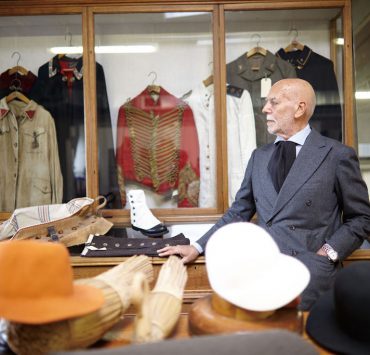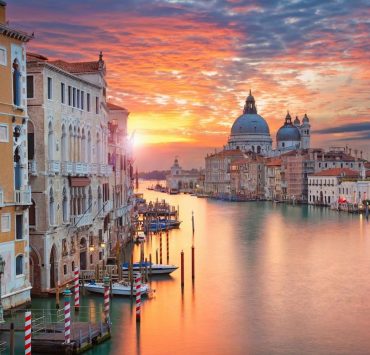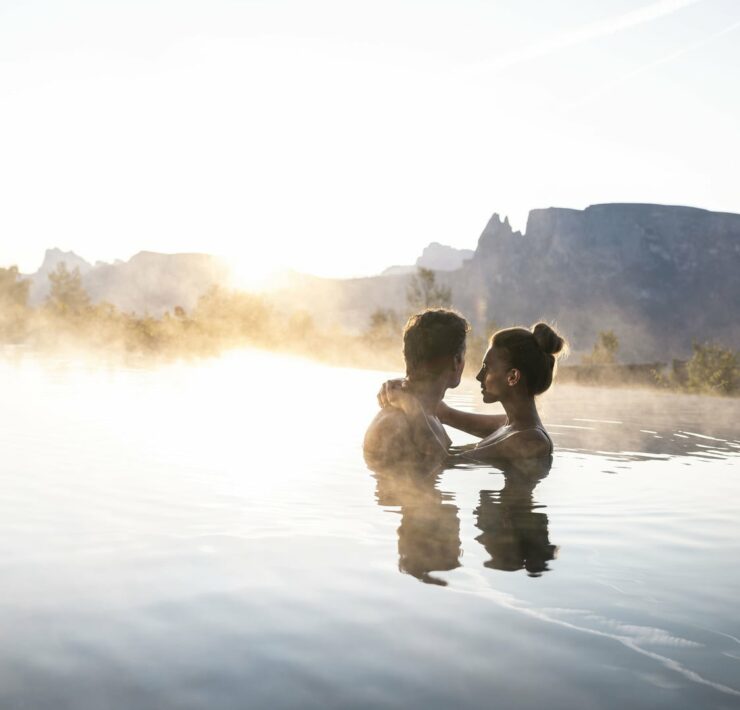Klaus Thymann is a photographer, explorer and world wanderer with an interest in finding solutions to the big problems of our time. For him, our moral obligations to our planet are the epitome of noblesse and something everyone should strive for in their own way. It would be easy for Klaus to achieve fame and earn a living as another bearded white man with blond curls on an undisclosed mountain peak or ice float. However, according to the Dane, this would merely stroke his ego. For him, it’s not enough to discover and capture the unknown through photography. He aims to highlight the connections that make the world more tangible due to its holistic essence.
“We know the surface of Mars and Saturn better than the ocean floor. The more we know about something, the more tangible it becomes, and the more our need to protect it grows. The time to become conscious has passed. Now it's a matter of finding solutions. Our home is on fire, and we’ve finally realized that action is needed. I am the intermediary between understanding and action.”
Klaus Thymann: An Interview with the Photographer, Filmmaker, and Explorer
We talked to Klaus Thymann about his life, what drives him, and his hopes and aspirations for a better future.
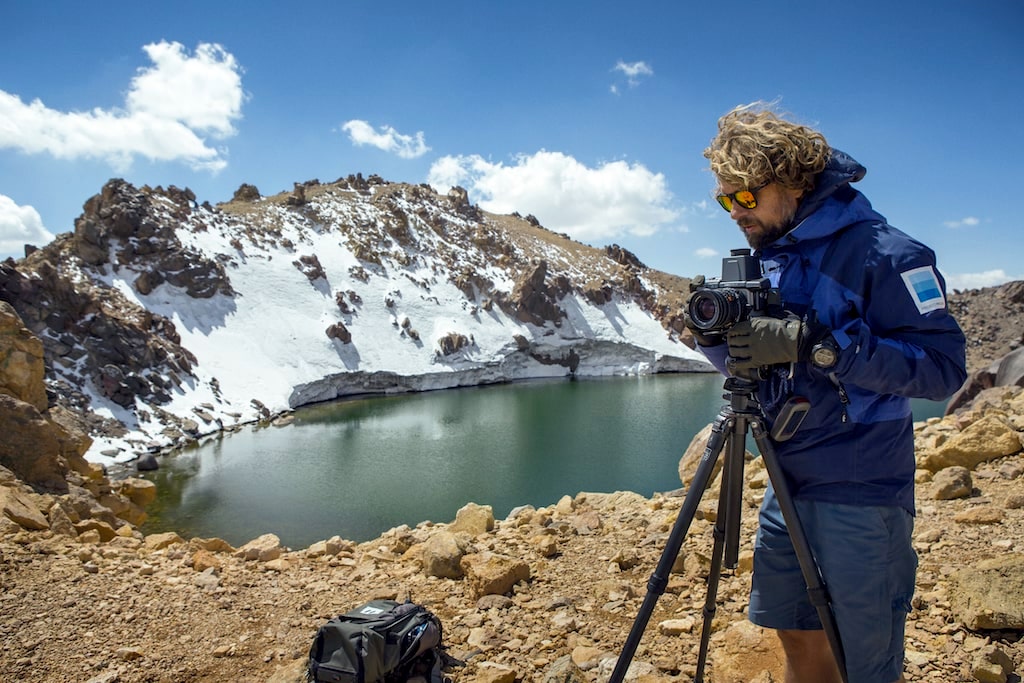
Klaus, you’re a photographer, filmmaker, explorer, scientist and storyteller. How did this multitudinous career begin?
I already worked as a photographer and copywriter when I was in school. I wanted to study journalism, but I would have waited a year for a spot in the university, which was out of the question. So, I used the time to see if I could make a living with photography. I started out with fashion photography. My images were authentic and believable. Although I wasn't interested in fashion itself, I had a passion for image composition and honesty, which I could easily produce in the interplay between models and fashion. I loved my work, and so my hobby became my job.
I experimented with various media and designed and made music videos, art films and documentaries. In photography, I created my own worlds and constructed new realities, which opened up new possibilities and perspectives for me. It was a time to try things out whilst also searching for my roots.
How did you transition from fashion to landscape photography and your work as an explorer and scientist?
I’ve always been genuinely interested in subcultures. Authentic conditions, personalities, and environments. At the end of the ‘90s, subcultures were still exciting because they had time to develop and connect. Unlike today, the conditions were a bit more difficult back then, so only those who were sincere about their work were able to connect. That was where credibility became relevant.
The closer I got to reality, the closer I became to myself and the question: Why am I doing all this? Being a photographer wasn’t enough, and I thought about who I wanted to be and what I wanted to achieve with my work. I suddenly saw a responsibility in my work that went beyond the pictorial construction of surreal worlds.
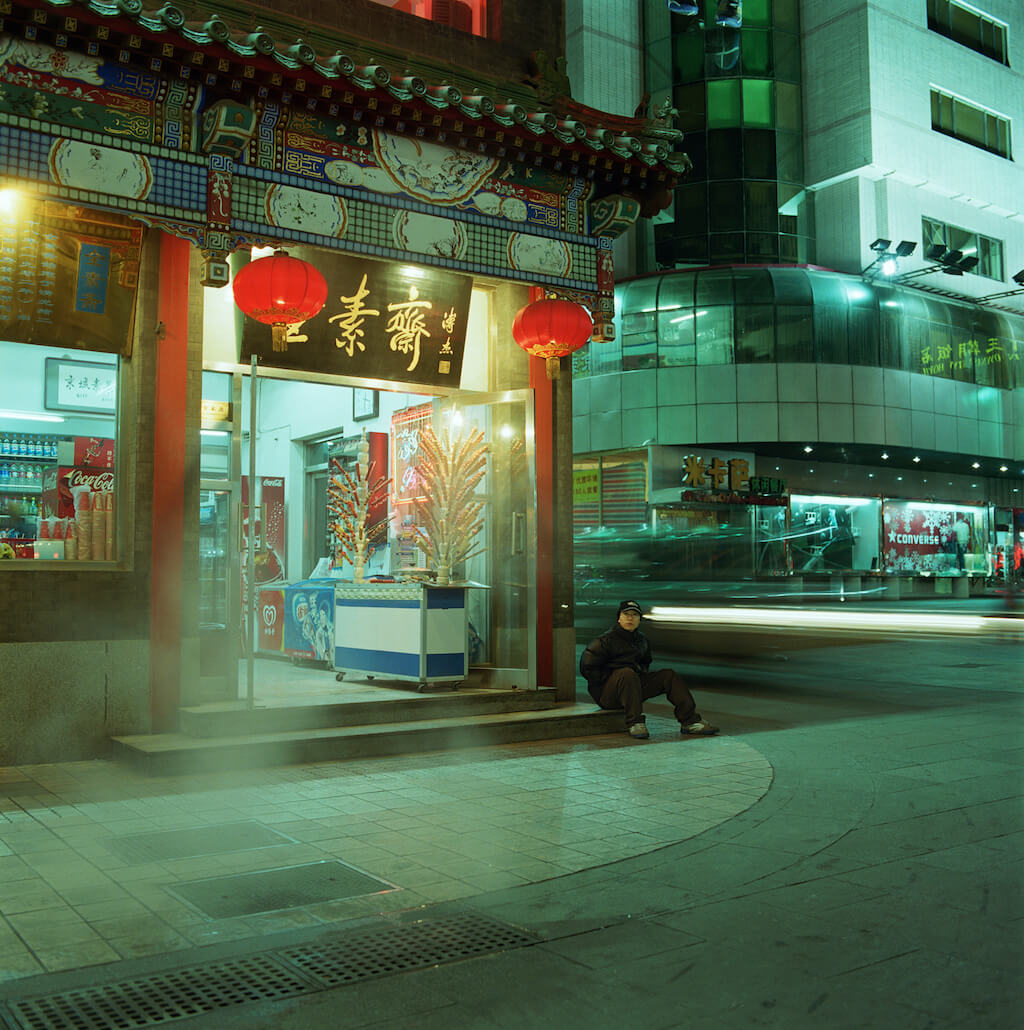
What happened then?
The subject of tolerance moved me. I found the idea of portraying hybrid cultures befitting. For the Hybrids project, I photographed underground gardens in Tokyo, snow polo in Saint Moritz, hip-hop battles in China, underwater striptease in Chile and techno hippies at the Burning Man Festival. The resulting book was absolutely raw. No image was edited or cropped.
I wanted to make the abstract idea of tolerance tangible and understandable and to express the term using real stories. My medium was imagery, but I became a storyteller on closer inspection. People know the definition of tolerance, but many can only live it out if they are shown what’s present in the world and how beautiful this otherness is. I was able to show the connections and explain what it means to be tolerant.
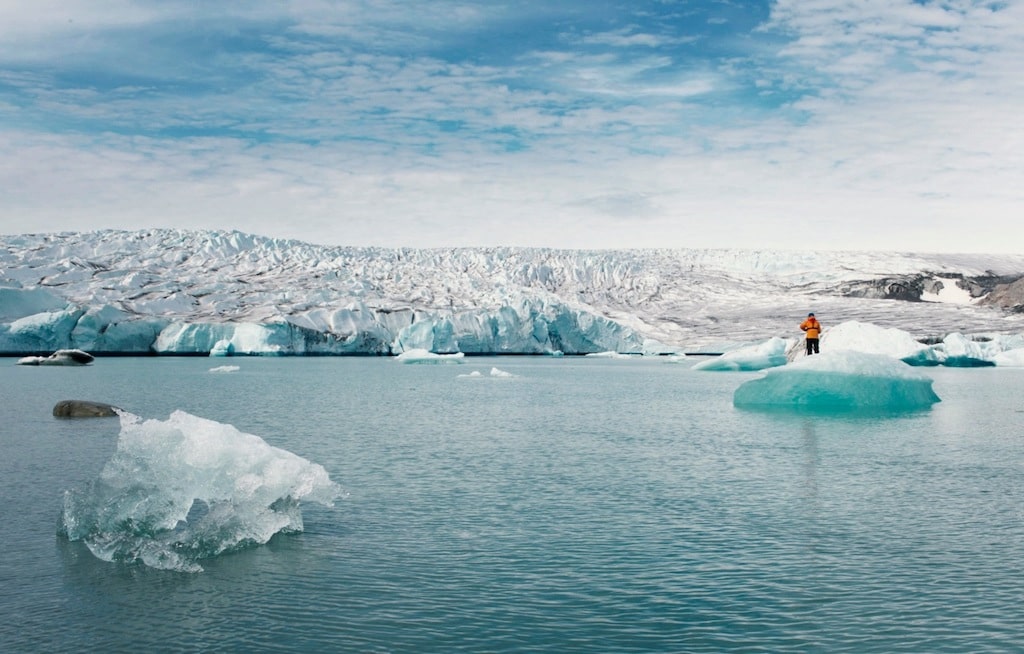
Climate change has been one of your main focuses for years. How did this develop?
It’s a big topic that began to stir my soul. The first effects of climate change were visible and tangible, and yet completely ignored worldwide. So, I thought about how I could become active. Back then, it was still about awareness. Today, it’s different. Nowadays, we know we have to do something.
With that in mind, I started Project Pressure. A charity that, in abstract terms, visualizes the problems of our time through the fusion of science and art and collects data that helps to find solutions. The idea behind it is simple. How do you show the relevance of the topic using an example from nature so that everyone can understand it? Melting glaciers express clear responsibilities and show people what climate change really means.
To avoid the limelight, I asked artists like Simon Norfolk, Michael Benson and Renate Aller, to name just a few, to contribute something in their style. I wanted to avoid drawing attention to the white, bearded Dane climbing a glacier but to the fact that the glaciers are melting, which clearly shows how real climate change is and how urgently we need to act. Together with these artists—as well as various supporters and scientists who possessed more knowledge of the subject’s depth—we organized expeditions to glaciers on six continents. We photographed their condition and mapped them, so they could be used artistically and scientifically.
This collected information, which is used comparatively to measure both the extent and the rate of global warming, is utilized by NASA and various universities. We have also organized travelling exhibitions around the world in various museums and galleries and placed posters on parts of the Swiss mountains with photos and catchphrases on global warming so that skiers and hikers can also think about practising the sport they love more responsibly in the future. Not to mention their children and grandchildren.
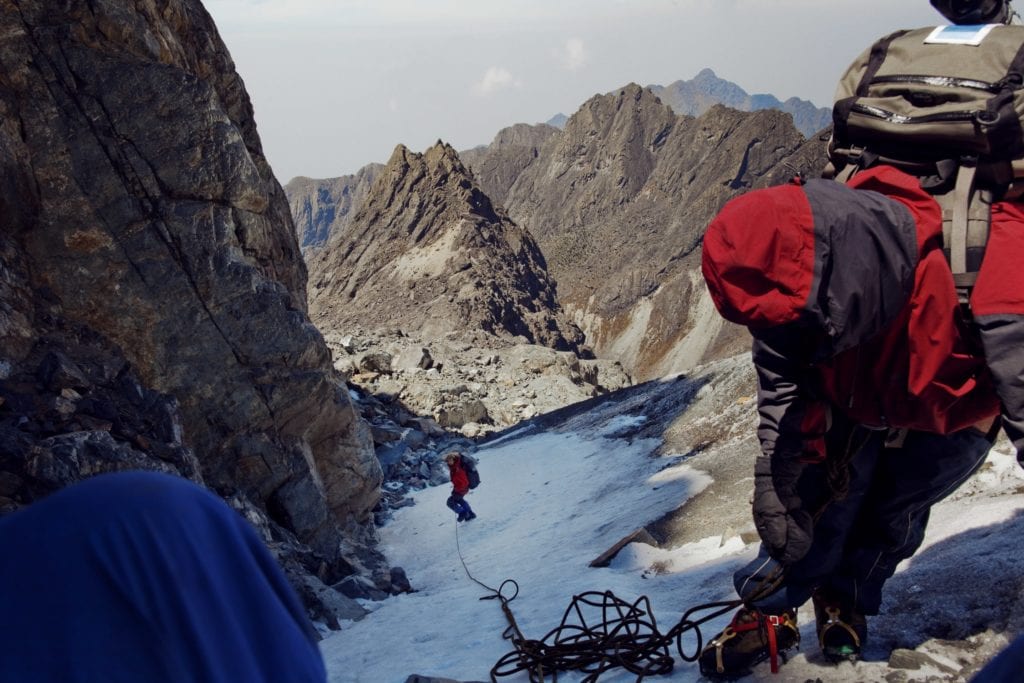
Where do you think we stand as a society and how can we take action?
When I started Project Pressure in 2008, I still had hopes that we could get the CO2 level under control. My hopes soon faded when I noticed that nothing had happened.
I suppose catastrophe has to set in, and the oxygen we breathe has to become thin so that we alter our behaviour for the long term. And not with solutions that merely shift the problem, such as replacing plastic with paper bags. Currently, there’s so much happening which may impart a responsible feeling but, in actuality, doesn’t bring about any change. I realized at a certain point that I needed more in-depth knowledge to understand better and help find solutions.
So, I studied environmental science. My daughter was on the way, and I thought that I would now have time to read and study with a baby in the house. That was not entirely true over time. The basic idea, however, was.
Today, it’s easier for me to speak to experts and then plan my expeditions. I leave little to chance. My team and I analyse precisely what kind of opportunities are available, what they can bring and how we deal with them. With my studies, the shaky principle of hope was replaced by rational, solution-oriented thinking.
Today I see myself as a communicator of complex problems and at the same time offering solutions. I think that's what it's all about. To educate oneself, to expand social thinking and to understand connections. For example, if everyone stopped eating beef, it would have a major impact on our ecosystem and the CO2 levels. This exuberant “we and them” mentality that still prevails is more than harmful. We only have a chance if we fight together.
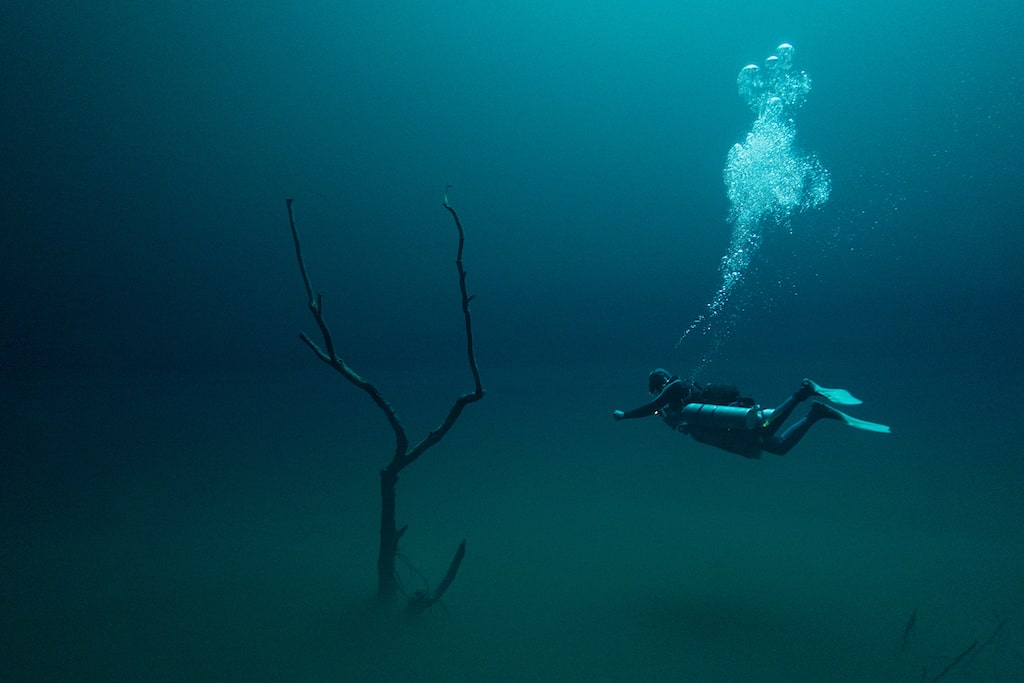
Tell us about your upcoming projects.
I made the film Flows, a few years ago, which shows the subterranean waterways in the Yucatan peninsula and how all water is connected. We dove into the deep cave passages, which had never been seen by humans before, and were able to show that no matter where we dump contaminated water, it always ends up in the sea. Mexico still has no water filtration systems. Every piece of plastic travels into the water in the form of microplastics; every golf course is overloaded with phosphorus, which seeps into the groundwater; every resort (even the most ecological) releases the unfiltered excrement of its guests into where it all accumulates at the end: the sea.
This water, overloaded with nutrients, destroys the corals, adding just another stress factor. Flows and the subsequent film Flows 2 – It's all Connected were able to persuade the Mexican government to consider water filtration systems. Even schools and educational institutions use the films to illustrate the interrelated cycles. There will be another expedition there at the beginning of this year.
During one of our last dives into the cenotes, we found human bones that seem to provide evidence of life over 10,000 years ago. We need meticulous preparation to examine these more closely and prevent these caves from being harmed in any way. No air bubbles should rise carelessly, no fin stroke should be too strong, the equipment must be precisely planned, and the camera must have the right light.
We also recently discovered a species of soft coral on the seabed off Denmark that no one suspected existed there. Our discovery motivated the Danish government to want to ban fishing with trawls that slide across the bottom. These corals are an important factor within a healthy marine biome. We will do further research here as well. Each of these projects has a very long duration. Once you discover one thing, there are ten more to explore, especially if you want to come home with answers.
Another significant project is the Onwards film series, which deals with possible solutions and their implementations to save the earth. I often hear empty promises. In this series, I portray young people who take on the truth and offer feasible solutions. They imbue their generation with more than we ever could because they understand that all of us and everything is on the line. They exude real hope. We are currently in the development and funding phase of this series.
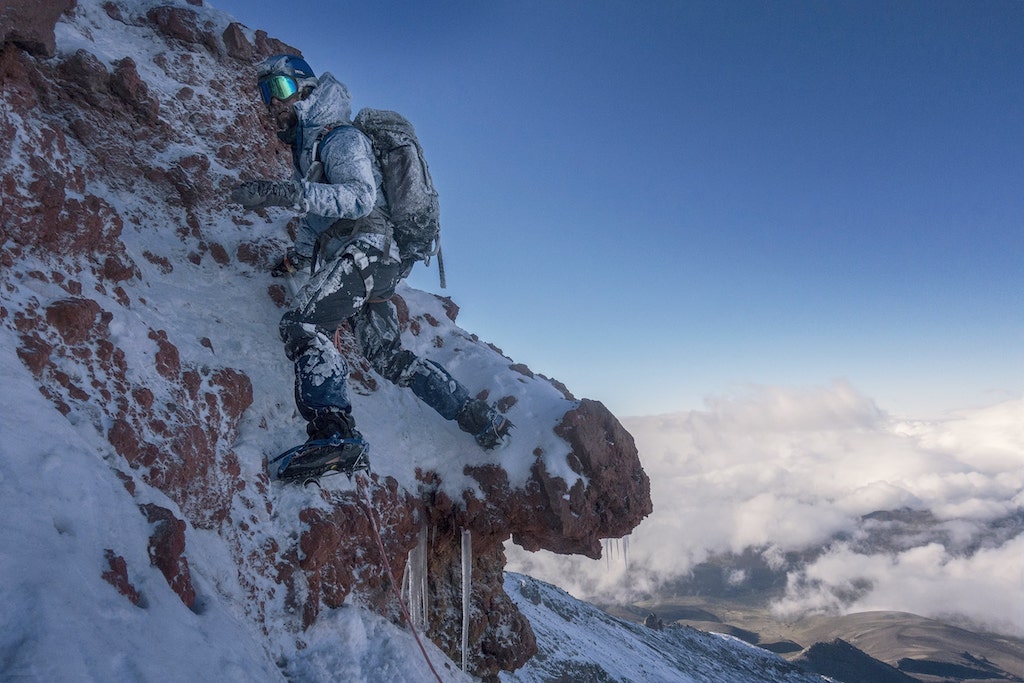
What do you always have with you when you go on a research trip?
One of my most influential tools is actually a reliable watch. Time measurement is one of the most ground-breaking inventions. It tells me when to resurface, it helps me with navigation and with measurements, and satellites orient themselves based on it. Everything revolves around time. I'm lost without a reliable watch.
Last but not least, what does noblesse mean to you?
Noble can have different meanings, but I would say in a modern context it should coincide with morals and the moral obligations in our lives. Some are certainly good spokespeople for this planet, but nothing more. Acting nobly is something everyone should strive for, and this is not about richness. It is about caring. Fortunately, recent theories show that giving not only helps others but often also helps the giver––I recommend reading Adam Grant's Give and Take to anyone who has not yet done so.
Read More:
- The first man to cross the antarctic solo: A chat with Børge Ousland
- 6 unique destinations unter the arctic sky
Last Updated on June 6, 2024 by Editorial Team
Esther, a Berlin-based creative writer specializing in lifestyle, travel, and health, possesses a keen eye for detail. She skilfully crafts engaging and crafted content that integrates wellness, hotel guides, and our curated lifestyle guides seamlessly.






